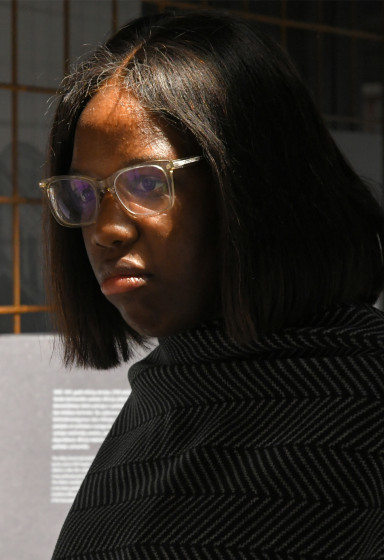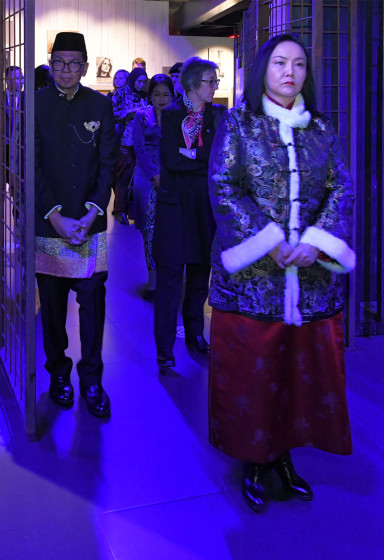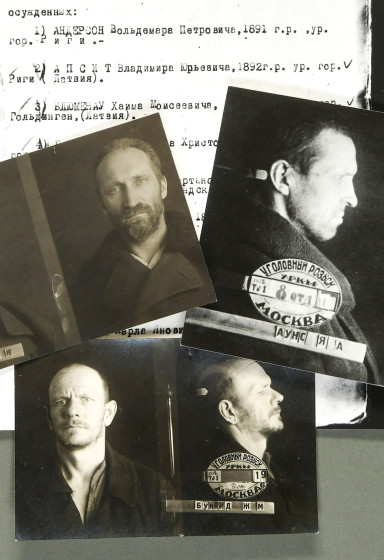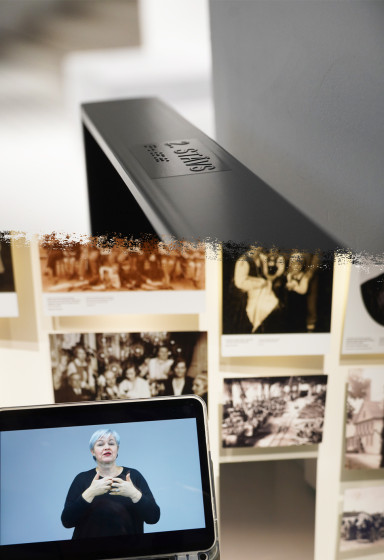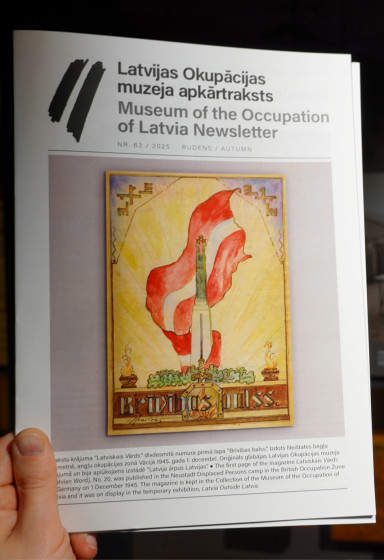Donate to Museum
Each donation helps to ensure the Museum's activities, allowing it to function and provide information for people from all over the world.
The Museum is grateful to each donor and invites everyone to contribute.
Contract signed for creating a new design for the Museum of the Occupation of Latvia’s exposition
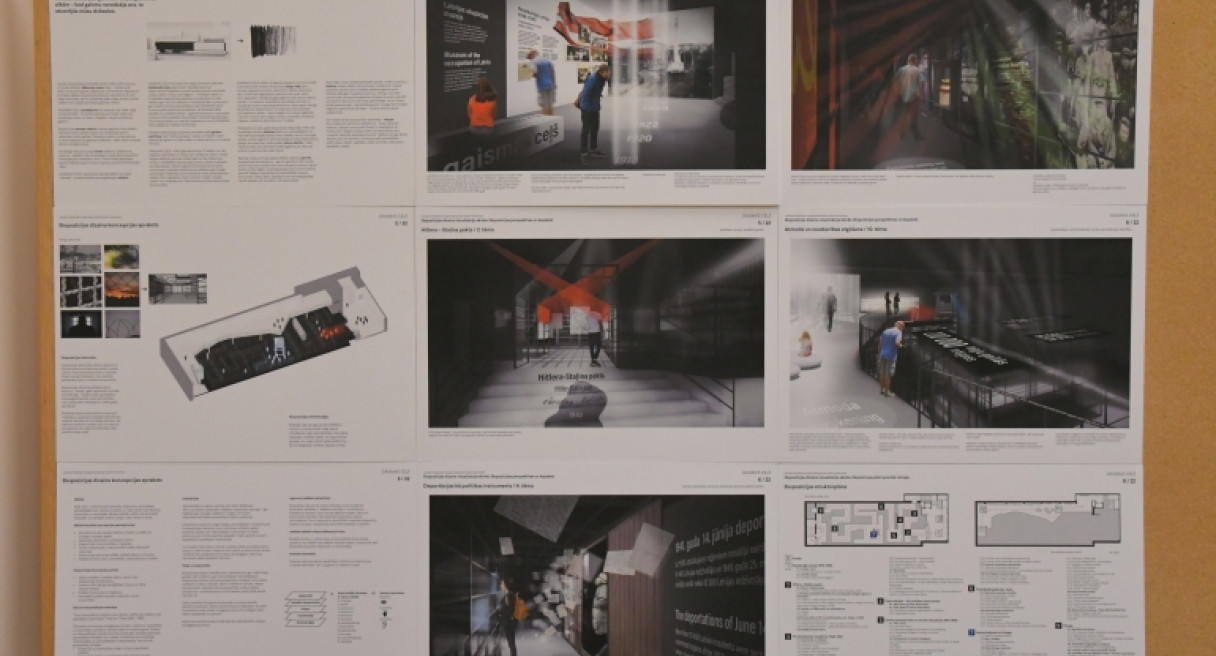
On Wednesday 21 January, Museum of the Occupation of Latvia Association ChairValters Nollendorfs and design office H2E Board Chair Ingūna Elere signed a contract on the development and implementation of an artistic project for the museum’s permanent exposition.
The H2E project “Path of Light” was chosen out of four proposals in a tender organised by the Museum of Occupation at the end of 2019. The competition jury decided that H2E’s concept aligns closely with the House of the Future envisioned by architect Gunārs Birkerts for the restoration of the museum building, in which black and white, light and dark are counterposed.
The total price of the contract is 700 000 EUR, which will be covered in full by donations to the museum. The agreement stipulates that the development of the concept and its alignment and approval will be concluded at the beginning of March. The exposition’s technical project will be developed and approved by early May, while assembly and interior fitting work in the renovated and expanded museum building at Latviešu strēlnieku laukums 1 will conclude on 31 October of this year.
The Museum of Occupation has been in its temporary home at Raiņa bulvāris 7 since November 2012. It is planned to return to its permanent location in Old Riga in autumn 2020.
The Museum of Occupation of Latvia’s exposition documents Latvia’s 20th century history from 1940 to 1991. In this period, Latvia was occupied with military force by the USSR, and from 1941 to 1945 fighting in the Second World War took place on its territory and the country was under the control of Nazi Germany. During these 51 years, the Republic of Latvia and its state structures were virtually destroyed, and the state only formally existed until the restoration of independence in 1991. In its place, the territory of Latvia was turned into a republic of the Soviet Union, whose government was under the control of Moscow. Despite this, the people of Latvia, both in the occupied country and in exile, fought to have its sovereignty restored.
